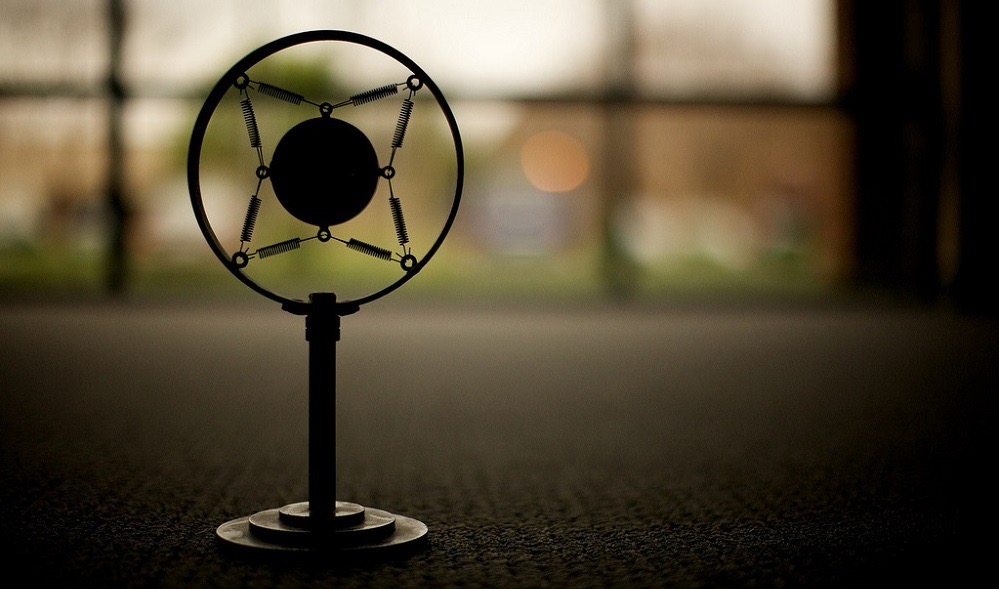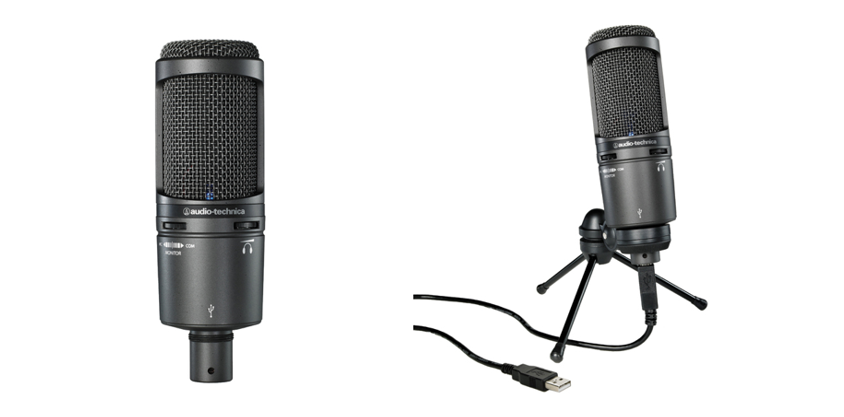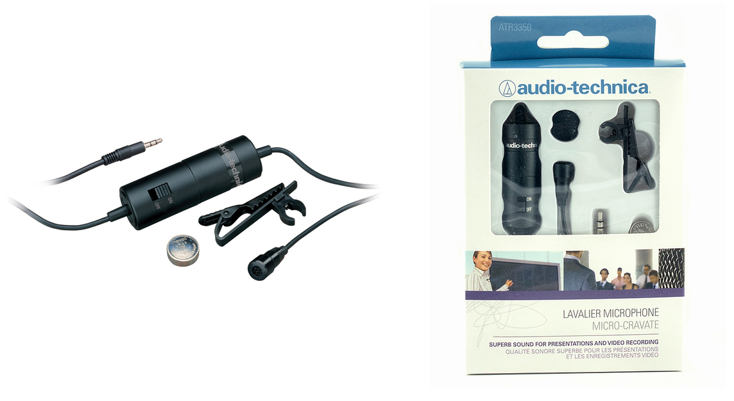Over the past few years, the popularity of video blogging has increased significantly. YouTube
has a billion audience — one third of all Internet users. Every day they “watch” 500 million hours of video.
Podcasting is another form of content creation that is actively developing. At least 67 million Americans
listen to podcasts once a month. This movement
is gaining momentum in Russia. For example, in iTunes you can
find such projects as the educational podcast “I want to know everything”, as well as the audio version of the show on the Mayak radio with Sergey Stillavin and Rustam Vakhidov.
As for streaming services, according to Twitch
statistics , the platform is visited by 15 million users daily. At the same time there are 2.2 million unique content creators per month. However, not all of them (like podcasters and video bloggers) are gaining much popularity and gaining a huge amount of views.
The reasons for the failures are different. However, one of the key issues is the lack of proper attention to the audio component of the project (video blog, stream or podcast). Few people want to watch and listen to the program with a “noisy” or, conversely, muffled sound as if you are broadcasting from under the pillow.
Dan Benjamin (Dan Benjamin), the creator of hosting for podcasts Fireside,
notes that everything depends on the sound quality. If you have good content, but viewers do not understand what you are saying, or they have
white noise in their ears, you should not expect that your work will be recommended to friends.
A good microphone and sound processing is one of the foundations for attracting new audiences and keeping the attention of loyal fans of your project.
 Photo zhezhe2010 CC BY
Photo zhezhe2010 CC BYOf course, it will be difficult to try all popular microphones in operation. Especially if you just launch your first podcast, video blog or gaming stream.
Therefore, in our today's material we decided to help beginner content creators and introduce popular microphones that are recommended by the “old-timers” of the podcasting and streaming industry and participants of the Reddit, IGM and Quora platforms.
We begin our review of microphones with a conversation about the types and types of interfaces. In the future, this will allow you to make a choice in favor of a device.
Dynamic or capacitor
Since this is material for beginners, we will assume that microphones are divided into two groups: dynamic and condenser. The former suppress noise around better and are less susceptible to table / stand vibrations. However, when using them, it may seem that the recorded sound is slightly muted. The operation of a dynamic microphone does not require an additional power source, therefore, devices of this type are suitable for beginners who find it difficult to understand the features of connecting additional equipment.
Condenser microphones are more susceptible to noise and echo, so they often “capture” surrounding sounds that you did not want to record. But if you work in a special “soft” room (a room with acoustic foam or just filled with a lot of upholstered furniture), the sound of a condenser microphone will be “cleaner” than a dynamic one. The number of reflections of sound waves will decrease, the echo will disappear.
Also capacitor devices need an external power supply. Some models have their own power supply, but most of them are powered by phantom power. You should choose this type of microphones if you have already purchased an external sound card or an amplifier with an XLR input for a microphone or are planning to do so. It is worth noting a relatively new category -
USB condenser microphones - you can connect them directly to your PC (or even to an iPhone or iPad).
USB or XLR
USB microphones are connected directly to the computer. Users do not need to purchase specialized equipment (for example, separate sound cards).
XLR systems are “block”. The microphone can be connected to a sound card, an amplifier, and various audio processing consoles and can be controlled by blocks and effects using physical controllers. Such systems suggest a higher total cost.
If you are just starting to create audio / video content, then a USB microphone is enough for you - they are cheaper than a bundle of XLR microphone equipment plus a sound card, and easier to set up. But if you want to be able to fine-tune the sound and record from several microphones at once (two, three or four guests / presenters of your project), then it is better to turn your attention to XLR solutions.
We divided microphones into two groups by connection interfaces: USB and XLR. In each group, all devices are sorted in ascending price, and the cost of the models presented does not exceed 20 thousand rubles.
Usb microphones
Blue Snowball (USB, condenser): ~ 6 500 rublesOften
takes the first places in the tops of microphones as a device for novice content creators. It is used by gamers, interviewers, musicians and vocalists.
It has several modes of operation: it can capture sound coming both from the front (cardioid) and from all directions (omnidirectional). A cheaper version of this microphone (~ 5 500 rubles) - Snowball iCE - works only in one mode (cardioid).
According to Michael Larsen (Michael Larsen), a podcaster and a resident of Quora, both microphones “
write ” one person without artifacts and unnecessary noise. However, when using the
older version of omnidirectional mode, your voice recorded at the front of the microphone will most likely be different from the one captured from the back of the device.
Included from the manufacturer is a folding tripod, which is mounted on the microphone. Does not require installation of drivers.
 USB microphone example: Audio-Technica AT2020USB +Rode Podcaster (USB, dynamic): ~ 15 500 rubles
USB microphone example: Audio-Technica AT2020USB +Rode Podcaster (USB, dynamic): ~ 15 500 rublesThis is the brother of the Rode Procaster XLR microphone, but it is connected via USB. "Resistant" to ambient noise and captures only your voice. One of the residents of Reddit
says that the microphone does not "hear" the noise from the staircase, which is being renovated and the workers walk.
Reddit also notes that this is a
decent streaming microphone and an excellent replacement for the Rode Procaster if you don’t want to spend money on an audio interface.
XLR microphones
Rode NT1-A (XLR, condenser): ~ 13,200 rublesIt is
used by professional podcasters and musicians. He is also a frequent “guest” of TV studios and won the Editors Choice Award at Electronic Musician 2004.
According
to the founder of MakeBeats101 blog and musician Carlo, this microphone is the choice of many studio engineers. Carlo himself always uses it to record acoustic guitars. Rode NT1-A
produces the lowest static noise when recording among all models of the Rode line.
One of the main advantages of Rode NT1-A is filling the box. Together with the microphone you get a mount, pop filter, XLR-cable and a soft case. This will save money on accessories, which is very useful for a novice content creator.
Among the shortcomings, it is possible to note how he “
works ” with high voices - they begin to sound very subtle. Users also note that NT1-A has a similar effect on the bass voice or baritone.
Rode Procaster (XLR, dynamic): ~ 13 000 rublesThis is a dynamic microphone, it does not require phantom power. Sound producer Gary Hiebner (Gary Hiebner)
said that the microphone has a low sensitivity and therefore does not capture a lot of ambient sounds. Gary even tried to record during a severe thunderstorm on the street, and the Rode Procaster showed clear sound with some “impurities” of rain noise.
Bonus is a built-in pop filter. Unlike external filters, it does not interfere with reading a script from a sheet. The disadvantage is that the microphone needs a stand that can support its weight (almost 700 grams).
Audio-Technica BP40 (XLR, dynamic): ~ 25 499 - 25 636 rublesThis microphone is more expensive than twenty thousand, but it is often mentioned in the compilations of gadgets for podcasters. Producer and engineer Jeff Stendfield (Geoff Stanfield)
notes that BP40 suppresses network noise, and this eliminates static noise during recording.
The device does not muffle the voice and picks it up, even if you speak not directly into the microphone, but a little to the side. However, it is
believed that the microphone makes the voice too clear with pronounced articulation. This may not appeal to people who prefer a calmer sound without sharp moments in speech.
Included with the microphone is the holder for mounting to the rack and cover.
Video Microphones
There are microphones on the market, the connector for which is an ordinary 3.5-millimeter jack (or mini-XLR connector). These devices are used with video cameras in order not to record sound on their standard microphone. Built-in camera microphones are not always designed to suppress external and internal noise (mechanical), because the sound recorded with their help often
leaves much to be desired.
The connection scheme of such microphones can sometimes contain various receivers connected to sound cards and other audio interfaces.
The advantage here is the compactness and low weight of microphones (for some models it
is only 6 grams). They do not catch the eye on the video. However, there are also disadvantages: although microphones themselves are not very expensive, you will have to spend money on the rest of the equipment. Therefore, this option can be recommended to those who have already purchased a video camera with the ability to connect external microphones or plans to do so.
 Lens microphone example: Audio-Technica ATR3350Audio-Technica ATR3350 (3.5 mm, condenser): 2 190 rubles
Lens microphone example: Audio-Technica ATR3350Audio-Technica ATR3350 (3.5 mm, condenser): 2 190 rublesThis is a lapel omnidirectional microphone. The design of the device makes it almost imperceptible on clothes, so it does not distract or irritate the speaker. This device has a 1/8 ”TRS mini-Jack dual mono plug, so the microphone allows you to write stereo sound. This model often hits the tops of the best lapel microphones.
The microphone cable length is 6 meters. The set comes with a clip clip for a tie, a windscreen and a flat battery. However, this battery
is a drawback of the device - the microphone does not have an indication of the battery charge, so it can turn off at the most inopportune moment.
Rode smartLav + (3.5 mm, condenser): ~ 4 500 rublesOmnidirectional microphone, complete with which comes pop filter and smartphone app from Rode. It helps to set up a microphone and provides a recording system with presets. This can be useful if you plan to use your phone as a voice recorder. From other bonuses - storage pouch.
Of the shortcomings of the device, some reviewers
highlight the fact that the microphone only captures the voice of the person he is wearing. All other sounds are muffled, which can create certain inconveniences when recording conversations.
Sennheiser ME 2-US (3.5 mm, condenser): 4,799 rublesOmnidirectional lavalier microphone with clip-clip easily attached to clothing. Suitable for recording vocals. The length of the wire, however, is only 1.6 meters. In some situations, this can create some inconvenience when shooting. Such a microphone is recommended to connect to the radio transmitter. The microphone comes with a metal windshield.
AKG CK99L (mini-XLR, condenser): 7,698 rublesCondenser lapel microphone with recording mode - cardioid. It is suitable for recording in noisy places, such as lecture halls or public events. The kit also comes windproof. The clip for fastening metal, it extinguishes vibrations and densely fastens to clothes.
This is only a small part of the solutions that allow you to record high-quality sound for podcasts and videos. Hopefully, for beginners in podcasting and video blogging, our review will help you navigate to which devices you should pay attention to first. And we in our materials will continue to talk about everything connected with the world of audio.
PS “ New Year Gift Ideas ”: a special selection of products from our range that will help you choose gifts for your loved ones and friends.